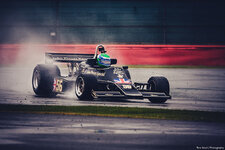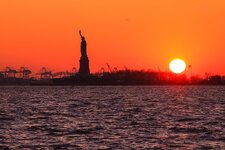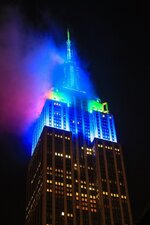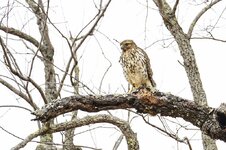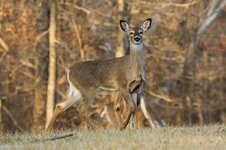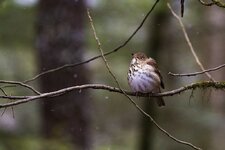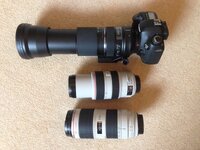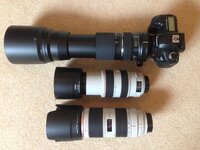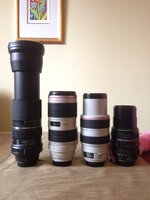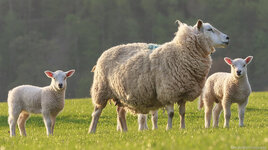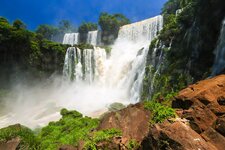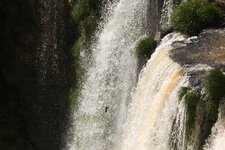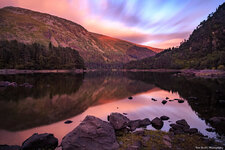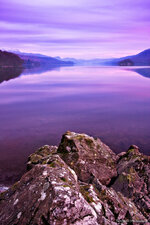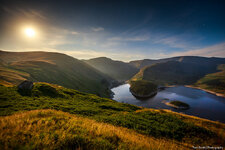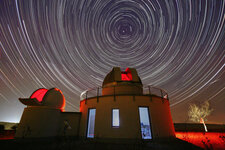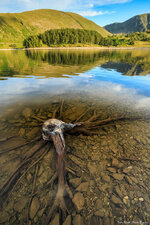So I thought I would do a quick review of the Tammy 150-600mm as I went out this weekend to shoot some images.
I was pretty happy when it arrived… but this will sort of give you an idea of how big it is :rofl: :rofl:
I did some quick test shots and could tell the lens focus was a bit out. So i first set up a target and I did some AFMA (auto focus micro adjust) on the lens and It was out a touch, -10 on the long end and -5 at the short end. Dialled it in and wow! Really impressed with the sharpness.
So I went to South Lakes Safari Zoo in Cumbria this weekend. Really great zoo they only have the big animals caged and the rest sort of wander around which means no gates to worry about and they are really tame so you can close and get some really nice images and keep backgrounds looking natural.
Little bit on the handling. From everything that I have read and reviews I've watched on Youtube, all I've heard is how heavy it is, cumbersome, not that sharp at 600mm, not that well built etc. Well I disagree with most points.
If you have any experience with a 70-200mm F2.8 MKII IS then you will be right at home with this lens. Its about the same weight and the same size except when zoomed. The lens was a joy to use, I don't use straps so had it in my hands all day its very very well balanced with my 5DMKIII and the tripod mount makes a great carrying handle. Im used to using my 70-200mm from shooting weddings etc and it felt very similar. Its not front heavy or back heavy feels very at home with the 5DMKIII. It is big no doubt but if your used to bigger lenses then this will feel surprisingly versatile.
In terms of sharpness I found similar to the reviews at 400mm very sharp even wide open at 500 a little less and at 600 a little less again but it didint stop me from shooting there at all, in fact I was at 600mm most of the day (check the images below). If you are used to 400mm then 600mm does take a little bit of getting used to… framing and speed of changing direction you can get lost in the viewfinder but its all practise not a lens problem.
In terms of build I was happy to see it has a rear gasket and although it isn't L series build it feels very durable nice plastic not cheap at all. If you are worried about that I wouldn't be. Feels substantial and very nice to use, the manual focus ring is very smooth and a joy to use. I have to say I'm not keen on the reverse zoom and I tended to zoom in instead of out as I'm used to the Canon lenses. In terms of weather sealing I don't think I would be as happy being out in the rain with it like I am with the L lenses but I will no doubt test it when it arrises.
The image stabiliser especially at 600mm doesn't seem as good as the Canons the viewfinder does float around with it on at 600mm, you can't help it with the lens size its hard to keep it still (I haven't got any experience with the canon 600mm just a 70-200mm with a 2x on a crop body roughly 640mm equivalent) I found it maybe gave me 2 stops 3 at a push but more like 2, I didn't get any blurry images but I was ensuring I was shooting at over 1/1000th of a second so the IS was more to keep the viewfinder still and didn't really aid in image taking. Its also, for me, a little disappointing that the IS doesn't have a panning mode although its supposed to auto change it would be nice to have the ability to change it yourself. I find Auto to be exactly that, when you want it it doesn't necessarily change when you need it to. I haven't done any panning yet tho, but as I shoot motorsport I will test that out but I think 600mm will be a bit overkill.
In terms of aperture, theres no doubt its slow F6.3 to F8 is where your at most the time but because of the field of view it still renders background nice and out of focus, if your shooting wildlife you want to be in that sort of F stop anyway on FF because of the small DOF. It does mean your shooting in the higher ISO range. I was shooting from 200-2500 which is no problem on the 5DMKIII so I'm not too worried about that although it was a very bright day so we will see.
The AF was very good, not quite L series but it locked on and stayed on subject, all my images were sharp I only had a couple of OOF frames which is amazing first time out with the lens and over 1250 images. I only had two times where the lens hunted but a quick move of the MF ring solved that and was a really joy to use. It seems to track well I was testing the baboons running around, both toward and away.
Anyway enough talk here are some images and also some 100% crops for you to look at. Im very impressed anyway but your comments are very welcome.
here is the full album
https://www.flickr.com/gp/tomscottphotography/1gxs3w
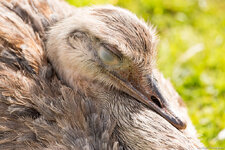 Emu, South Lakes Safari Zoo, Tamron 150-600mm
Emu, South Lakes Safari Zoo, Tamron 150-600mm by
Tom Scott, on Flickr
600mm F8 1/1250th 1250 iso
 Rhea, 100% Crop, South Lakes Safari Zoo, Tamron 150-600mm
Rhea, 100% Crop, South Lakes Safari Zoo, Tamron 150-600mm by
Tom Scott, on Flickr
600mm F8 1/1250th 1250 iso
 Ring Tailed Lemur, South Lakes Safari Zoo, Tamron 150-600mm
Ring Tailed Lemur, South Lakes Safari Zoo, Tamron 150-600mm by
Tom Scott, on Flickr
600mm F8 1/1000th 800 iso
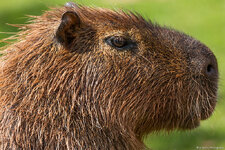 Capybara, South Lakes Safari Zoo, Tamron 150-600mm
Capybara, South Lakes Safari Zoo, Tamron 150-600mm by
Tom Scott, on Flickr
600mm F8 1/1000th 640 iso
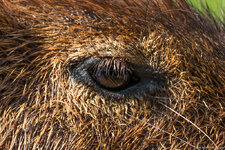 Cabybara 100% Crop, South Lakes Safari Zoo, Tamron 150-600mm
Cabybara 100% Crop, South Lakes Safari Zoo, Tamron 150-600mm by
Tom Scott, on Flickr
600mm F8 1/1000th 640 iso
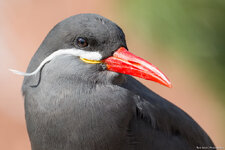 Inca Tern, South Lakes Safari Zoo, Tamron 150-600mm
Inca Tern, South Lakes Safari Zoo, Tamron 150-600mm by
Tom Scott, on Flickr
600mm F8 1/800th 640 iso
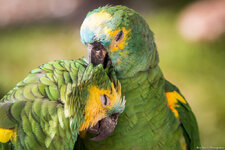 Parrots, South Lakes Safari Zoo, Tamron 150-600mm
Parrots, South Lakes Safari Zoo, Tamron 150-600mm by
Tom Scott, on Flickr
500mm F8 1/800th 640 iso
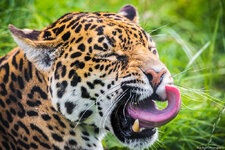 Jaguar, South Lakes Safari Zoo, Tamron 150-600mm
Jaguar, South Lakes Safari Zoo, Tamron 150-600mm by
Tom Scott, on Flickr
500mm F8 1/800th 640 iso
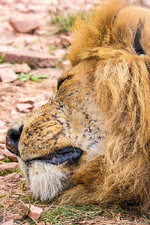 Lion, South Lakes Safari Zoo, Tamron 150-600mm
Lion, South Lakes Safari Zoo, Tamron 150-600mm by
Tom Scott, on Flickr
200mm F7.1 1/800th 800 iso
 Black Vulture, South Lakes Safari Zoo, Tamron 150-600mm
Black Vulture, South Lakes Safari Zoo, Tamron 150-600mm by
Tom Scott, on Flickr
600mm F6.3 1/1000th 1000 iso
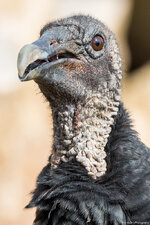 Black Vulture, South Lakes Safari Zoo, Tamron 150-600mm
Black Vulture, South Lakes Safari Zoo, Tamron 150-600mm by
Tom Scott, on Flickr
600mm F8 1/1000th 640 iso
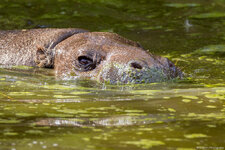 Pigmy Hippo, South Lakes Safari Zoo, Tamron 150-600mm
Pigmy Hippo, South Lakes Safari Zoo, Tamron 150-600mm by
Tom Scott, on Flickr
600mm F8 1/640th 640 iso
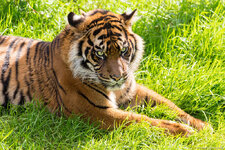 Sumatran Tiger, South Lakes Safari Zoo, Tamron 150-600mm
Sumatran Tiger, South Lakes Safari Zoo, Tamron 150-600mm by
Tom Scott, on Flickr
500mm F7.1 1/800th 1000 iso
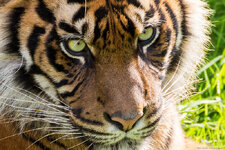 Sumatran Tiger 100% Crop, South Lakes Safari Zoo, Tamron 150-600mm
Sumatran Tiger 100% Crop, South Lakes Safari Zoo, Tamron 150-600mm by
Tom Scott, on Flickr
500mm F7.1 1/800th 1000 iso
 Hamadryad Baboon, South Lakes Safari Zoo, Tamron 150-600mm
Hamadryad Baboon, South Lakes Safari Zoo, Tamron 150-600mm by
Tom Scott, on Flickr
600mm F6.3 1/1250th 800 iso
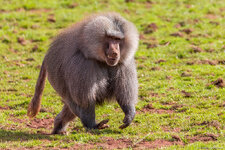 Hamadryad Baboon, South Lakes Safari Zoo, Tamron 150-600mm
Hamadryad Baboon, South Lakes Safari Zoo, Tamron 150-600mm by
Tom Scott, on Flickr
600mm F8 1/1250th 800 iso
 Hamadryad Baboon, South Lakes Safari Zoo, Tamron 150-600mm
Hamadryad Baboon, South Lakes Safari Zoo, Tamron 150-600mm by
Tom Scott, on Flickr
329mm F8 1/800th 800 iso
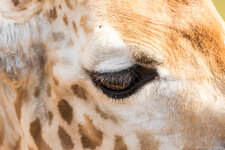 Giraffe, South Lakes Safari Zoo, Tamron 150-600mm
Giraffe, South Lakes Safari Zoo, Tamron 150-600mm by
Tom Scott, on Flickr
450mm F8 1/640th 800 iso
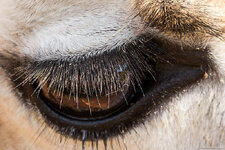 Giraffe 100% crop, South Lakes Safari Zoo, Tamron 150-600mm
Giraffe 100% crop, South Lakes Safari Zoo, Tamron 150-600mm by
Tom Scott, on Flickr
450mm F8 1/640th 800 iso
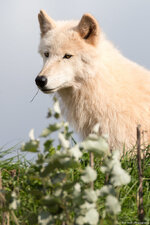 Arctic Wolf, South Lakes Safari Zoo, Tamron 150-600mm
Arctic Wolf, South Lakes Safari Zoo, Tamron 150-600mm by
Tom Scott, on Flickr
600mm F8 1/1000th 200 iso
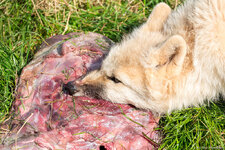 Arctic Wolf, South Lakes Safari Zoo, Tamron 150-600mm
Arctic Wolf, South Lakes Safari Zoo, Tamron 150-600mm by
Tom Scott, on Flickr
600mm F8 1/1000th 640 iso
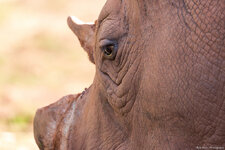 Rhino, South Lakes Safari Zoo, Tamron 150-600mm
Rhino, South Lakes Safari Zoo, Tamron 150-600mm by
Tom Scott, on Flickr
600mm F8 1/1000th 2500 iso
 Hamadryad Baboon, South Lakes Safari Zoo, Tamron 150-600mm
Hamadryad Baboon, South Lakes Safari Zoo, Tamron 150-600mm by
Tom Scott, on Flickr
350mm F8 1/1000th 2000 iso
 Black and White Ruffed Lemur, South Lakes Safari Zoo, Tamron 150-600mm
Black and White Ruffed Lemur, South Lakes Safari Zoo, Tamron 150-600mm by
Tom Scott, on Flickr
552mm F8 1/1000th 1600 iso
 Black and White Ruffed Lemur 100% Crop, South Lakes Safari Zoo, Tamron 150-600mm
Black and White Ruffed Lemur 100% Crop, South Lakes Safari Zoo, Tamron 150-600mm by
Tom Scott, on Flickr
552mm F8 1/1000th 1600 iso
To summarise.
Im very happy with my purchase, cost wasn't really an issue in this case more focal length and I'm very happy I got this over the 100-400mm. I paid UK £750 new from Park Cameras in a bank holiday sale. The lens isn't L series quality but as you can see from the above its damn close. Very very impressed its only my second third party lens tending to stray away as my first was awful.
The 3rd parties have certainly stepped up the game making much better products these days. Its a very interesting concept, huge range - small cost (relatively compared to other native lenses) to get 600mm on a full frame camera the cheapest way of doing it and keeping AF is to buy a 300mm with a 2x converter, buy a 600mm or use a crop camera with a 70-200mm F2.8 and 2x converter. I love my 5DMKIII and don't really want to take two cameras with me so I ruled that out. The primes are both better options but cost is stratospheric, much heavier and difficult to use and less useful, 150-600 is a great range. Were talking between £6-8000 if you go the above route so its coming in at nearly a 10th the price but your getting a couple of stops less light. Everything a trade off but a £7250 trade off is worth it in my mind.
The weight was a non issue for me and I like handling larger lenses feels right. Im a pretty average built bloke and had no issue carrying it around without a strap all day. doesn't feel that heavy tbh but if your not used to FF cameras with heavy lenses like the 70-200mm then you might think its like a tank and unusable milage will vary depending on how you shoot and what gear your used to.
600mm is the softest part of the lens but at F8 it seems to be a good improvement at 6.3 its still really impressive. As the images above show I wouldn't have any problem sending any of those for publication. You have to see it as new territory on full frame thats not been available to us normal photographers as a definite option without renting, having it is better than not. A little sharpening works wonders in post, all the images above were sharpened in lightroom by 60 points with a radius of 1.5 detail at 10 and masking at 30. Its the difference between filling the frame and not with larger animals in a safari situation.
One thing I did find weird was the lens tended to throw the exposure a touch with a tad of overexposure never experienced that with my Canon lenses. It was easy to sort and when I got home it was nothing to worry about just a note.
With that in mind its a steal, its worth buying one to fill the range imo. The IQ is great, more than acceptable, its a little slow but unless you buy primes they all other zooms will be F8s with tele converters. Im also not worried about it, at the cost if something happens to it buying another isn't an issue because its much cheaper than the competition.
So ye… its a great compromise! Really enjoyed using it and can't wait to get on the Savannah with it.
